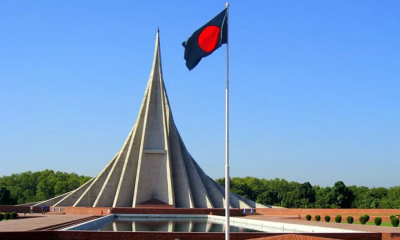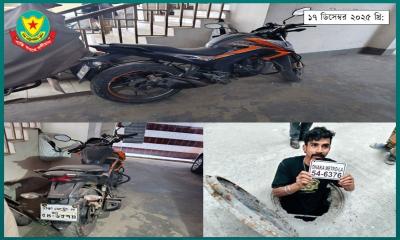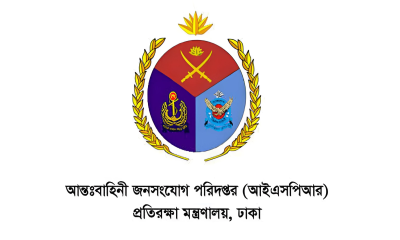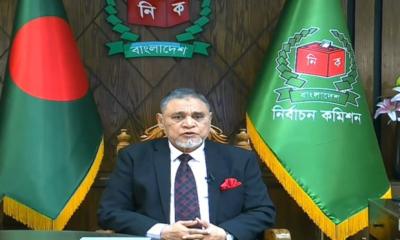Northern and northeastern parts of the country may witness prolonged flood as record breaking rainfalls were recorded inside Bangladesh and upstream states of India during the ongoing flood, fear experts.
The information comes as authorities on Tuesday confirmed that at least 22 people have died in flood-hit Sylhet division in last seven days.
"We have seen both Bangladesh and upstream states of Meghalaya and Assam and western Himalayan regions of India recorded heavy rainfall, the highest over 100 years," Professor Md Mansur Rahman of Institute of Water and Flood Management of BUET told BSS Tuesday.
Major rivers and their tributaries of Bangladesh have no capacity to contain such huge volume of rains, which ultimately is causing massive flooding in northeastern, northern regions of the country, he added.
Mansur said there is a huge gap between Bangladesh and upstream regions of India in terms of elevation from sea level. "So, onrush of water enters Bangladesh with a faster pace, which causes flooding," he added.
The hydrologist said a large number of embankments have been built in both Bangladesh and Indian regions to control flow of water of major rivers, which are the main reasons for increasing frequency of flooding.
The ongoing flood in Meghna basin may prolong as "only exit point of flood water is Bhairab at the Megna river will take much time to pass such huge volume of flood water into the Bay of Bangal... meaning flood in northeastern region is likely to be prolonged, if the heavy downpour continue."
Bangladesh Poribesh Andolan (BAPA) President of BAPA Dr Nazrul Islam addressing a conference said as Bangladesh is a deltaic region, development planning should be taken considering the characteristics of nature.
The BAPA attributed constructing embankments and roads on rivers are the main reasons behind the sudden floods in Sylhet.
Dr Md Khaliquzzaman, member of central executive committee of BAPA, said a total of 4,081 mm rainfalls were recorded at Cherrapunji of Meghalaya in June till now simultaneously Sunamganj witnessed record rains.
"Despite flood situation is likely to improve in the Sylhet, Habiganj, Moulvibazar, Sunamganj and Netrokona districts, it will take time for receding flood water.... meaning flood in northeastern, northern parts of Bangladesh might linger," a Flood Forecasting and Warning Centre (FFWC) spokesman Md Arifuzzaman Bhuyan told BSS.
"Water now continued to surpass much above the danger lines in two of the country's four major river basins . . . the situation is worst since the 2004 flooding," he added.
Bhuiyan said "heavy downpours worsened the flood situation which is gradually deteriorating in northern and north-eastern parts of Bangladesh".
He said the trend was worsening as the forecasts suggested the heavy rainfall to continue for the next couple of days both in the upstream Meghalaya Assam and western Himalayan regions of India alongside Bangladesh.
Monsoon rains and gushing waters from upstream India overnight worsened Bangladesh flood situation with experts calling it the worst since 2004 while officials estimated the flooding to have marooned at least 6 million people.
Officials and reports suggest nearly six million people were marooned at their nearly inundated homes or were forced to take makeshift refuge elsewhere as water level in rivers in northeastern and northern regions continued to rise.
Many people were forced to initially take refuge on their rooftops amid gushing rising waters until rescue boats arrived at many places in Sunamganj.
All the major rivers of the country are in rising trend, according to FFWC bulletin issued Tuesday.
In the next 24 hours, the water level of Teesta may flow close to its danger level.
In this period, the flood situation in Lalmonirhat, Nilphamari & Rangpur may remain steady while In the next 24 hours, the flood situation in Kurigram, Gaibandha & Jamalpur may remain steady while in Bogra, Sirajganj and Tangail may deteriorate slightly.
There is chance of flood in the low lying area of Faridpur, Shariatpur & Rajbari districts in next 24 hours, the centre added.
Water levels at 68 river stations monitored by Flood Forecasting and Warning Centre (FFWC) have marked rise while 34 stations recorded fall.
Among the 109 monitored stations, five river stations have been registered steady while water levels at 18 stations are flowing above the danger level, a bulletin issued by the FFWC said.
Flood situation worsened in five northern districts despite little reduction in the rate of onrushing water from upstream in the last 24 hours marooning over two lakh people so far in the Brahmaputra basin.
Officials of Bangladesh Water Development Board (BWDB) said major rivers were flowing above danger marks at 10 points of Kurigram, Gaibandha, Jamalpur, Bogura and Sirajganj districts at 9am.





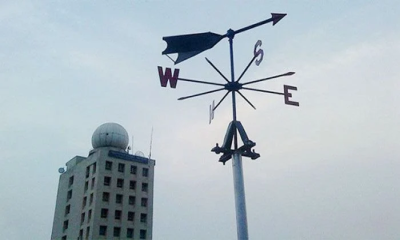









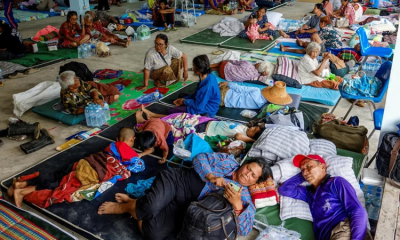

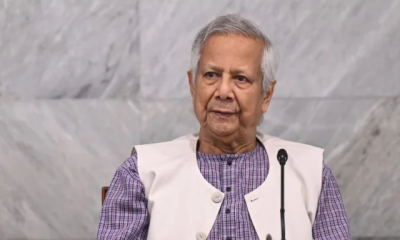


-20251220073333.jpeg)




-20251218165258.jpeg)

-20251216090625.jpeg)
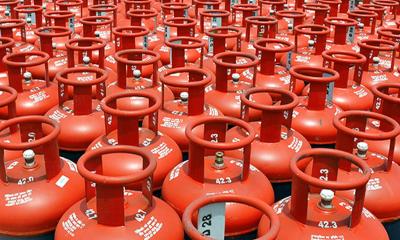


-20251216054240.jpeg)
